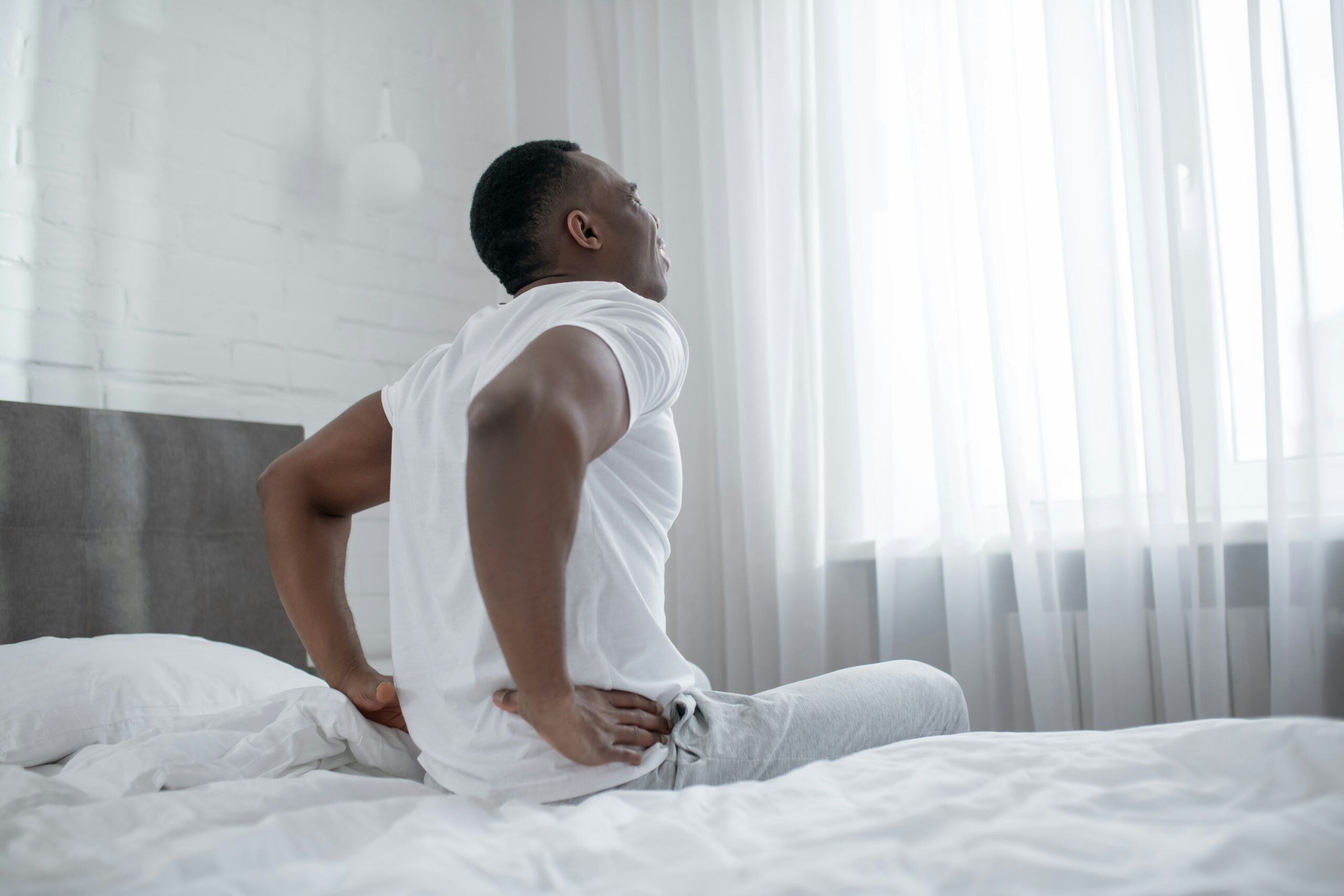
Chronic pain affects millions of people worldwide and can significantly diminish the quality of life. Unlike acute pain, which signals immediate injury and typically resolves with healing, chronic pain persists beyond the usual recovery period, often lasting months or even years. Managing chronic pain can be complex, involving medications, physical therapies, and sometimes invasive procedures. However, lifestyle changes have increasingly gained recognition as a crucial and effective part of pain management.
The connection between lifestyle and chronic pain is how daily habits influence inflammation, muscle function, mental health, and overall well-being. Unhealthy behaviors such as poor diet, inactivity, stress, and inadequate sleep can exacerbate pain and prolong suffering. On the other hand, adopting positive lifestyle habits helps reduce pain intensity, improve physical function, and enhance emotional resilience. Understanding this connection empowers patients to control their pain and overall health actively.
The Role of Nutrition in Pain Management
What we eat has a profound effect on inflammation and pain perception. Chronic inflammation is a key driver of many painful conditions, including arthritis, fibromyalgia, and neuropathic pain. An anti-inflammatory diet can help reduce this underlying inflammation, easing pain symptoms.
Foods rich in antioxidants, vitamins, and omega-3 fatty acids—such as fruits, vegetables, nuts, seeds, and fatty fish—combat oxidative stress and modulate the immune response. For instance, omega-3s found in salmon and flaxseeds have decreased joint pain and stiffness in rheumatoid arthritis patients.
Conversely, diets high in processed foods, refined sugars, and saturated fats promote inflammation. Limiting these foods and focusing on whole, nutrient-dense options can support tissue repair and reduce pain flare-ups.
Hydration also plays a role; drinking adequate water helps maintain joint lubrication and overall cellular health. Consulting with a nutritionist or healthcare provider to tailor dietary changes can enhance pain management.
Physical Activity as a Pain Reliever
Though it may seem counterintuitive, regular physical activity is one of the most effective non-pharmacological ways to manage chronic pain. Movement stimulates blood flow, strengthens muscles, maintains joint flexibility, and releases endorphins—the body’s natural painkillers.
Exercise tailored to the individual’s abilities can improve function without worsening pain. Low-impact activities like walking, swimming, or cycling are excellent for many chronic pain sufferers. Additionally, mind-body exercises such as yoga and tai chi combine gentle movement with relaxation, reducing pain and improving balance and mental health.
Consistency is key; even moderate activity several times per week can make a significant difference. Physical therapists can design personalized exercise programs that gradually increase intensity while avoiding injury.
Importantly, staying active counters the cycle of pain, fear, and inactivity, leading to muscle weakness and increased sensitivity to pain. Encouraging movement supports both physical and psychological recovery.
Managing Stress and Mental Health
Chronic pain and mental health are deeply intertwined. Stress, anxiety, and depression can heighten pain sensitivity and reduce coping ability, creating a vicious cycle that exacerbates suffering. Addressing mental health is, therefore, a critical component of lifestyle-based pain management.
Mindfulness techniques, meditation, and deep breathing exercises help reduce stress and promote relaxation. These practices enable patients to observe pain without judgment, diminishing its emotional impact.
Cognitive-behavioral therapy (CBT) and counseling can provide tools to reframe negative thoughts related to pain, improve mood, and develop coping strategies. Social support from family, friends, or support groups also plays a protective role against the psychological burden of chronic pain.
Incorporating stress management into daily routines—whether through hobbies, nature walks, or creative outlets—helps build resilience and reduces flare-ups linked to emotional triggers.
The Importance of Sleep Quality
Poor sleep and chronic pain often go hand in hand. Pain can interfere with falling or staying asleep, while inadequate sleep increases pain sensitivity and impairs healing. Breaking this cycle is essential for effective pain management.
Establishing good sleep hygiene is a foundational lifestyle change. This includes maintaining a consistent sleep schedule, creating a restful environment free from distractions, avoiding caffeine and electronics before bedtime, and engaging in relaxing pre-sleep routines.
For some, addressing underlying sleep disorders such as insomnia or sleep apnea is necessary. Consulting a healthcare provider or sleep specialist can guide appropriate interventions.
Better sleep enhances the body’s natural repair processes, reduces inflammation, and improves emotional regulation—all contributing factors to lower pain levels.
Avoiding Harmful Habits and Promoting Healthy Choices
Lifestyle changes also involve minimizing behaviors that can worsen chronic pain. Smoking, for example, restricts blood flow and oxygen delivery to tissues, impairing healing and increasing inflammation. Quitting smoking can reduce pain severity and improve treatment outcomes.
Excessive alcohol consumption may interfere with pain medication effectiveness and disrupt sleep patterns, complicating pain management. Moderation or avoidance supports overall recovery.
Maintaining a healthy weight is another crucial factor. Excess body weight increases mechanical stress on joints and muscles, often intensifying pain, especially in the lower back, hips, and knees. Combining healthy eating with regular exercise helps achieve and sustain a healthy weight.
Hydration, proper posture, and ergonomic adjustments in the workplace or home also support musculoskeletal health and reduce strain.
Chronic pain management extends far beyond medications and clinical interventions. Lifestyle changes—encompassing nutrition, physical activity, stress management, sleep quality, and avoidance of harmful habits—play a vital role in reducing pain and improving quality of life.
By adopting a holistic approach, patients empower themselves to influence their pain trajectory positively. These changes foster physical healing, emotional well-being, and long-term resilience.
Healthcare providers increasingly recognize the power of lifestyle modifications as a cornerstone of comprehensive pain management. With the right guidance and commitment, individuals living with chronic pain can reclaim control, reduce suffering, and live fuller, healthier lives.